-
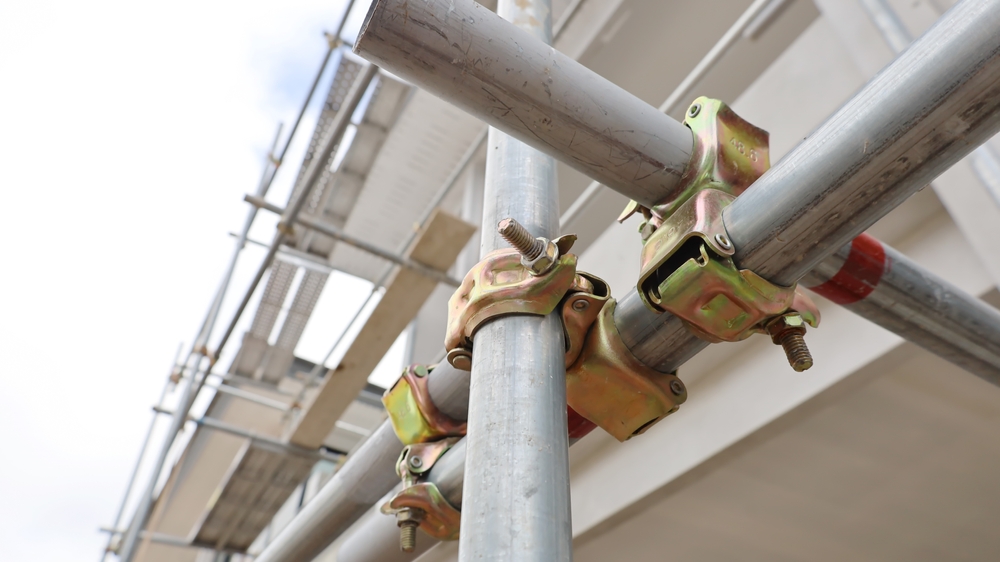
Requirements for safe use of scaffolding
1. When erecting high-rise scaffolding, all materials used must meet quality requirements. 2. The foundation of high-rise scaffolding must be firm, calculated before erection to meet load requirements, and erected by construction specifications, with drainage measures in place. 3. Technical requi...Read more -
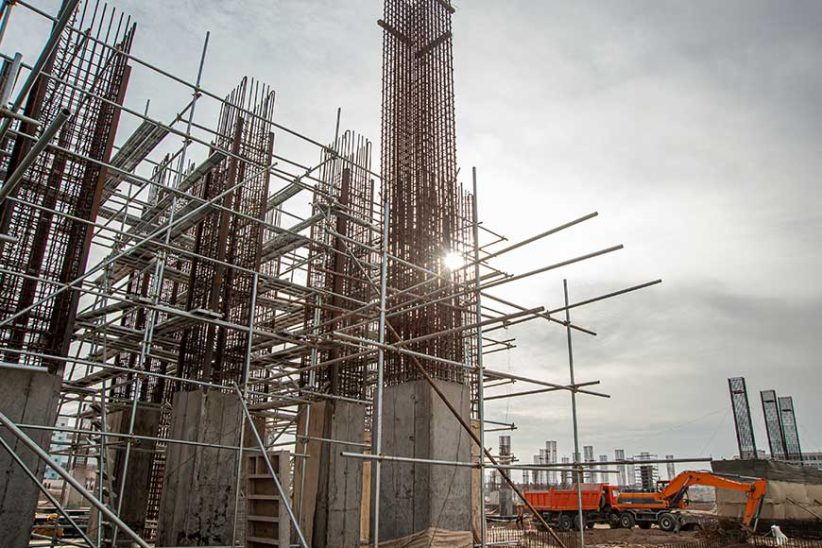
Calculation methods for various scaffolding
First, calculation rules (1) When calculating the internal and external wall scaffolding, the area occupied by door and window openings, empty circle openings, etc. shall not be deducted. (2) When the height of the same building is different, it should be calculated separately according to differ...Read more -
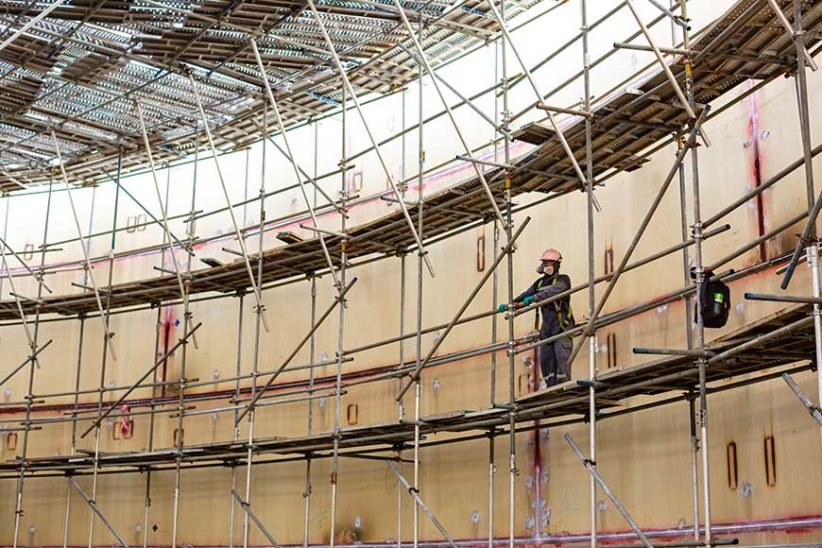
What are the characteristics of the disc-type scaffolding
As a new type of bracket, the disc-type scaffolding has a safe and reliable structure, is easy to assemble and disassemble, has no scattered accessories, and is easy to manage in project construction. Compared with traditional brackets, it has shown obvious superiority in terms of engineering saf...Read more -
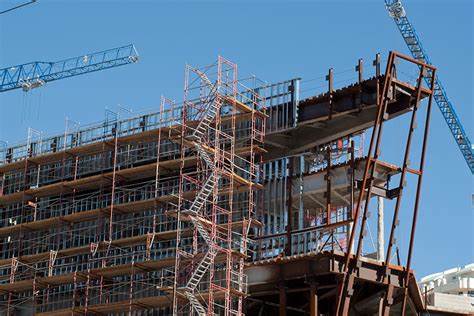
So how powerful is the buckle-type scaffolding
1. In terms of material, the buckle-type scaffold is the only scaffold among all scaffolds whose material can reach Q345. Compared with other scaffolds, it is 1.5-2 times stronger. 2. In terms of safety, the buckle-type scaffold has one more diagonal tie rod than other scaffolds, which effectivel...Read more -
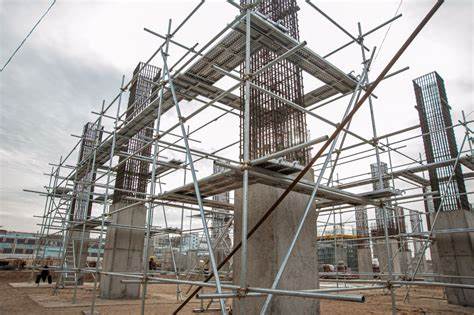
What is the function of scaffolding and how do you choose it
Nowadays, when you walk on the street and see people building houses, you can see different types of scaffolding. There are many products and types of scaffolding, and each type of scaffolding has different functions. As a necessary tool for construction, scaffolding protects the safety of worker...Read more -
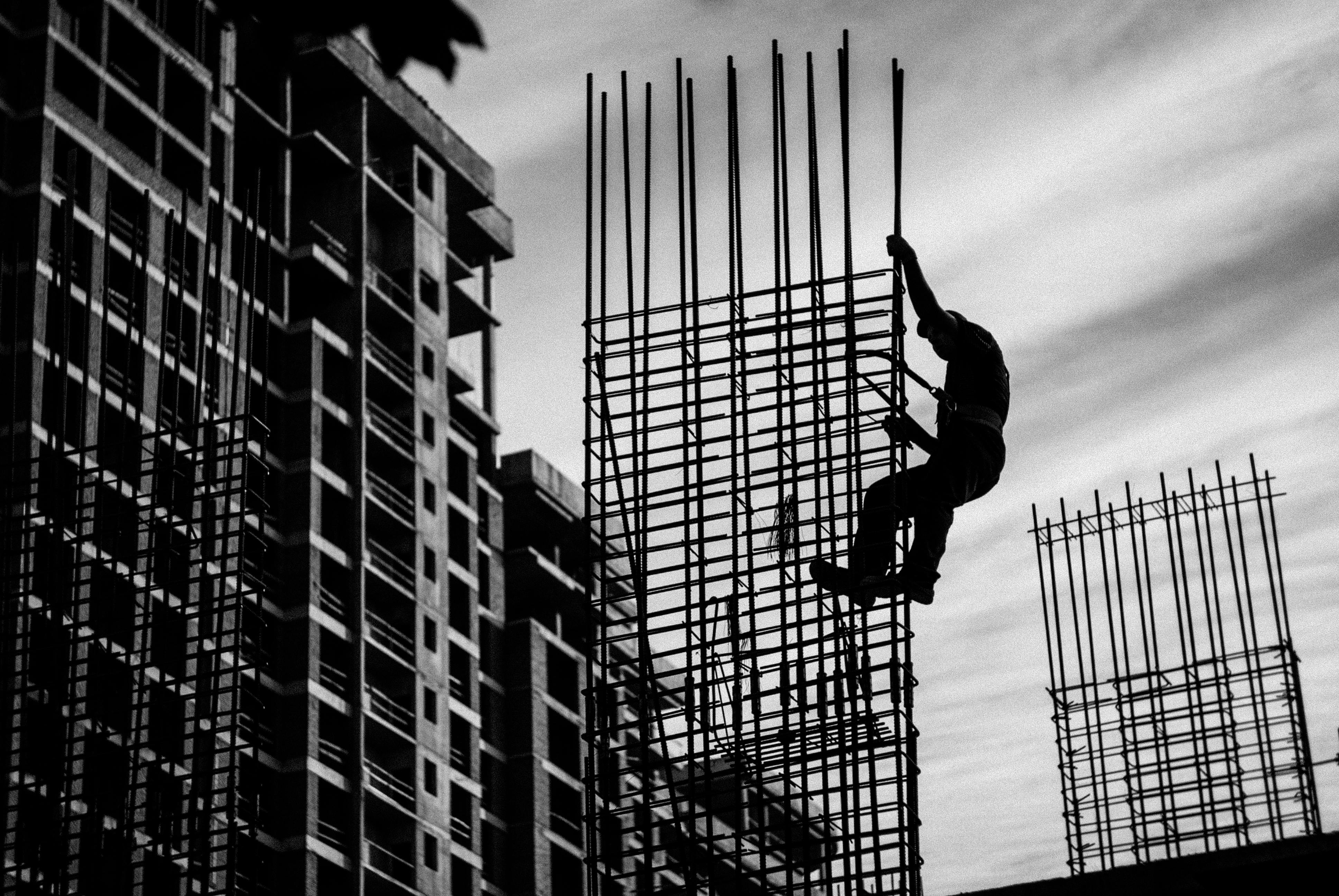
Safe management and use of scaffolding
Scaffolding is used in the open air most of the time. Due to the long construction period, exposure to the sun, wind, and rain during the construction period, coupled with collisions, overloading and deformation, and other reasons, the scaffolding may have broken rods, loose fasteners, sinking of...Read more -
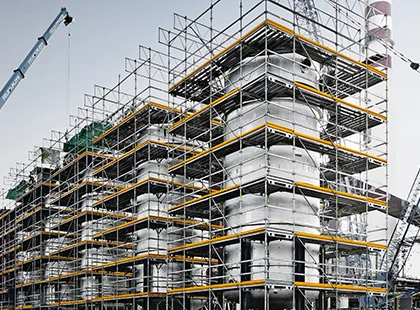
Construction requirements for cantilevered scaffolding
(1) The connecting wall parts should be installed close to the main node, and the distance from the main node should not be greater than 300mm; the connecting wall parts should be installed from the first step of the longitudinal horizontal bar at the bottom. If there are difficulties in setting,...Read more -
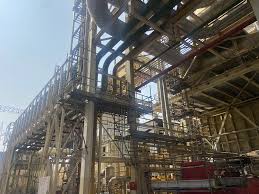
What is BS1139 Standard Scaffolding?
BS1139 is a British standard specification for scaffolding materials and components used in construction. It sets out the requirements for tubes, couplers, boards, and fittings used in scaffolding systems to ensure safety, quality, and compatibility. Compliance with the BS1139 standard is importa...Read more -
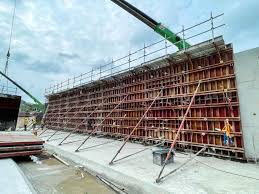
What is the Synergy Between Shoring Posts and Formwork in Construction?
Shoring posts and formwork have a synergistic relationship in construction. Shoring posts provide support and stability for formwork, allowing it to be constructed safely and effectively. Formwork, in turn, provides a solid foundation for concrete work and protects workers and equipment from fall...Read more
